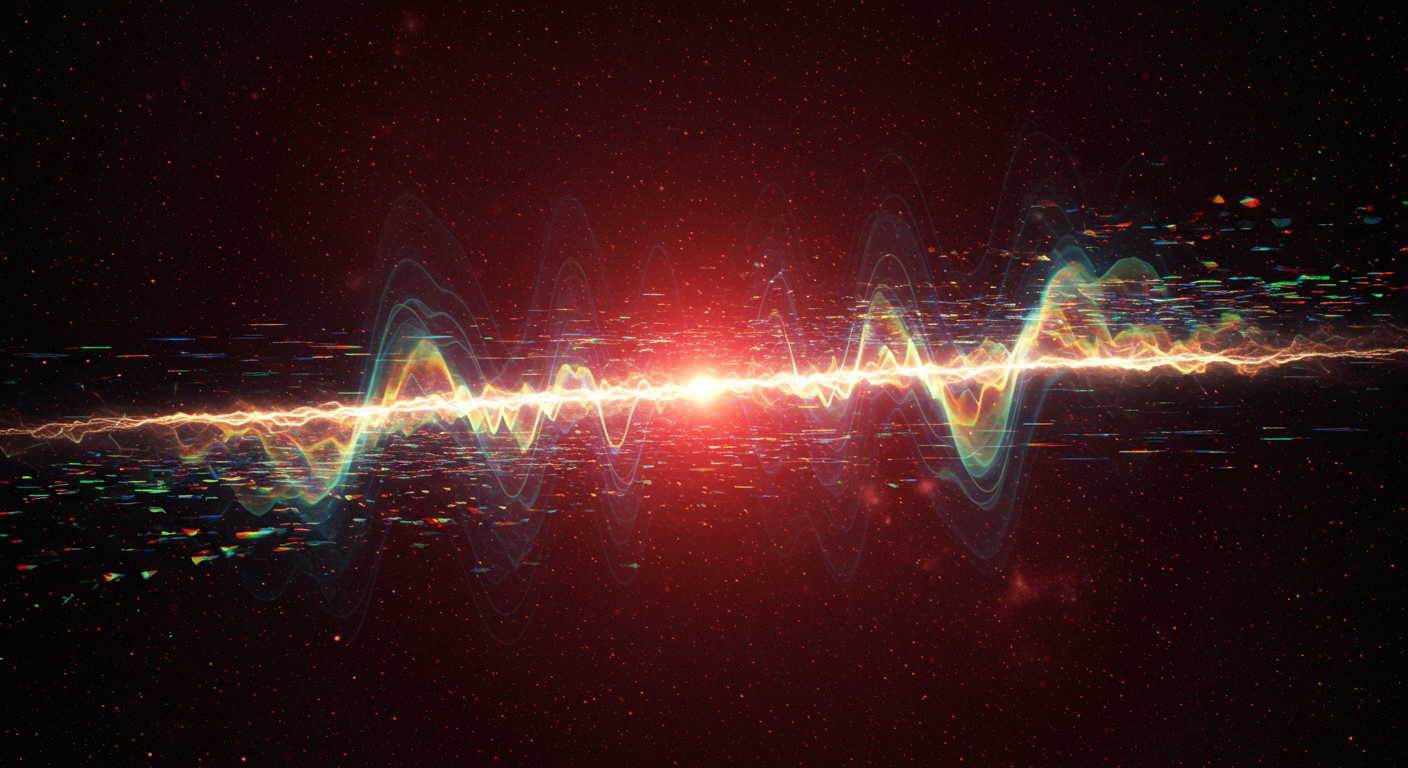A General Bayesian Framework for Foreground Modelling and Chromaticity Correction for Global 21cm Experiments

In the quest to observe the cosmic dawn and the epoch of reionisation, global 21cm cosmology faces the immense challenge of extracting a faint cosmological signal from beneath astrophysical foregrounds that are four to five orders of magnitude brighter. A pivotal paper, 2010.09644, by lead author Dominic Anstey, along with Eloy de Lera Acedo and Will Handley, introduces a sophisticated Bayesian framework to tackle one of the most insidious problems in this field: instrumental chromaticity.
Global 21cm experiments use single antennas to measure the sky-averaged signal. However, no antenna has a perfectly uniform response across all frequencies and directions. This ‘chromaticity’ means the antenna’s view of the sky changes with frequency. When combined with the fact that the foregrounds themselves have a complex spatial and spectral structure, this coupling introduces non-smooth distortions into the measured data. These distortions can mimic or completely overwhelm the subtle 21cm absorption trough, a problem highlighted by discussions surrounding the reported detection by the EDGES experiment ([10.1038/nature25792]). Simple approaches that model the foregrounds with smooth functions (like polynomials) are insufficient, as they leave these chromatic structures behind as large residuals.
This work pioneers a new, physics-motivated approach. Instead of attempting to subtract the foregrounds and then correct for chromatic effects, the authors build a comprehensive model that includes both from the ground up.
A Physically-Motivated Foreground Model
The core of their method involves constructing a parameterised model of the sky and its interaction with the instrument:
- Segmented Sky: The sky is divided into a number of regions (
N) where the foregrounds are expected to have similar spectral behaviour. This division is based on existing sky maps, such as the Global Sky Model ([10.1111/j.1365-2966.2008.13376.x]). - Parameterized Physics: Each region is assigned its own spectral index (
βᵢ) as a free parameter. This allows the model to flexibly capture the spatially varying spectral properties of the real sky. - Instrumental Convolution: This parameterized, frequency-dependent sky model is then convolved with a detailed electromagnetic model of the antenna’s beam. The result is a realistic, end-to-end model of the observed data that naturally incorporates the chromatic distortions.
The Power of Bayesian Model Selection
This sophisticated model is fitted within a fully Bayesian framework using the nested sampling algorithm PolyChord ([10.1093/mnras/stv1911]), a powerful tool developed within our group. This approach is not just about finding the best-fit parameters. The crucial element is the Bayesian evidence, which provides a quantitative measure of how well a given model describes the data, while naturally penalizing unnecessary complexity (an effect known as Occam’s Razor). By comparing the evidence for models with different numbers of sky regions (N), the authors can determine the optimal model complexity required to describe the data without over-fitting. This robustly answers the question: ‘How complex must our foreground model be?’
Key Results and Impact
The paper demonstrates the power of this framework through detailed simulations.
- Successful Signal Extraction: For a moderately chromatic conical log spiral antenna, the method successfully models the complex foregrounds and their chromatic distortions, allowing for the accurate and confident recovery of a simulated 21cm signal. The Bayesian evidence clearly distinguishes between models with and without the signal, confirming a strong detection.
- Characterizing Instrumental Limits: The framework’s true strength is revealed when tested on a much more chromatic conical sinuous antenna. In this challenging case, the model struggles to produce a clean signal extraction. Critically, the Bayesian analysis flags this failure: the recovered signal is inconsistent across different model complexities (
N), and the confidence in the detection is low. This result is immensely valuable, transforming the analysis framework into a powerful design tool. It allows researchers to quantitatively assess whether a given antenna design is suitable for a global 21cm experiment before it is deployed.
In conclusion, this research provides a significant leap forward in the analysis of global 21cm data. It moves beyond simplistic corrections, offering a physically-grounded, statistically robust method to model and mitigate complex instrumental systematics. By integrating detailed sky physics, instrumental effects, and advanced Bayesian inference, this work lays a clear path towards the reliable detection of faint cosmological signals from the cosmic dawn.



Content generated by gemini-2.5-pro using this prompt.
Image generated by imagen-3.0-generate-002 using this prompt.